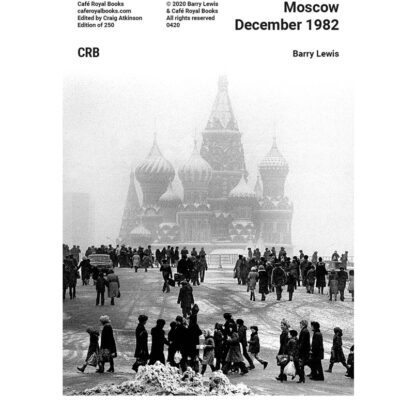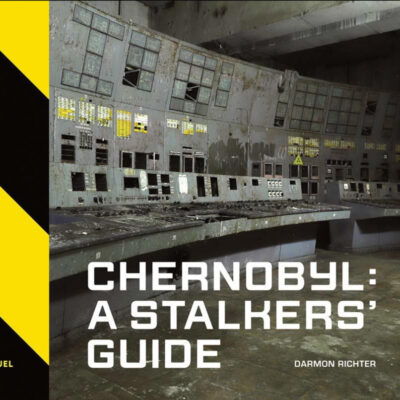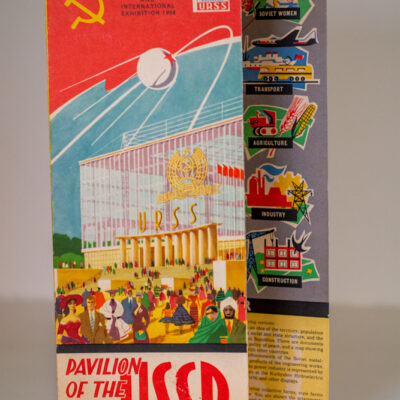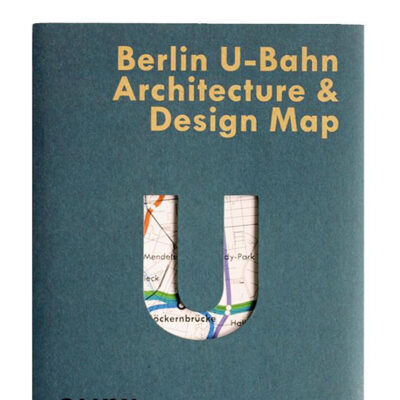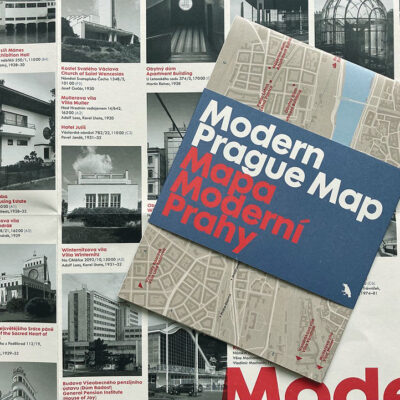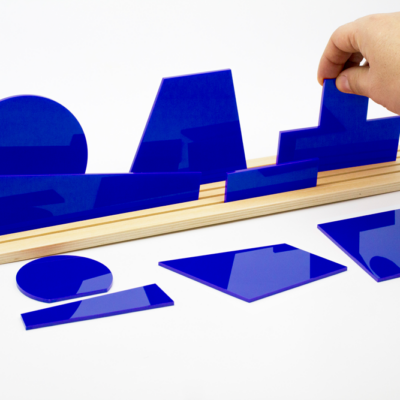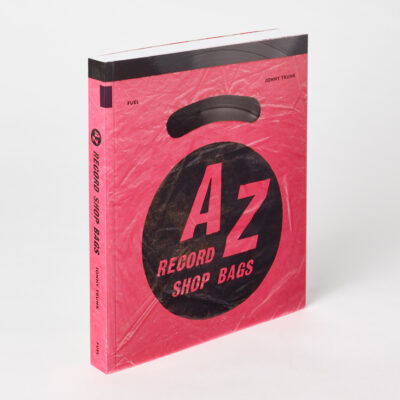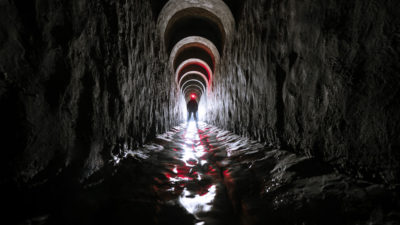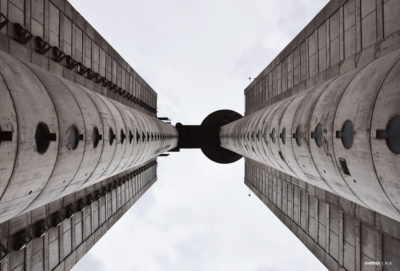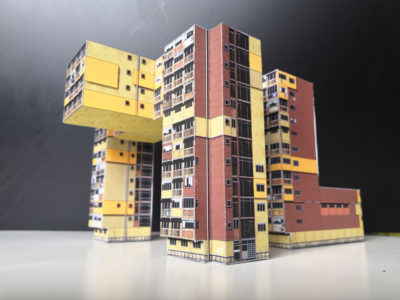When the Message Associated with a Symbol Changes: What should Bulgaria do with the Buzludzha Memorial House?
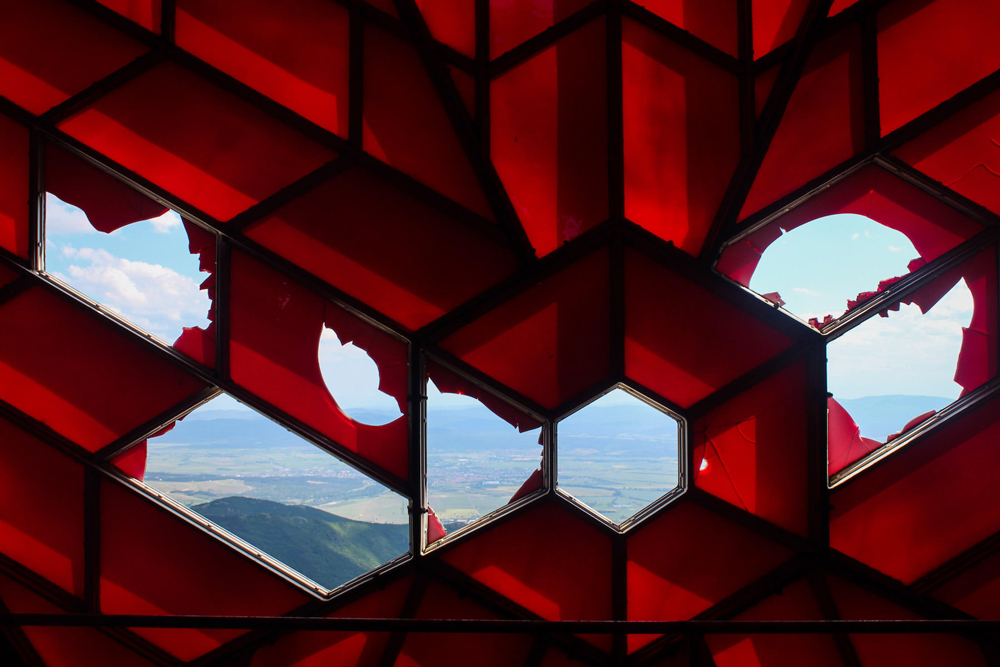
The Buzludzha Memorial House in Bulgaria was designed to be a symbol. Placed at the top of a mountain peak in the very centre of the country, it was intended to give a physical dimension to a political movement honouring its own origins. However, it is impossible to unravel the connection between the building and a now rejected pervasive ideology. With that rejection came a vacuum – no one could decide precisely what to do with a place so emotionally connected to a fallen regime.
Stepping into the void is Darmon Richter, a British writer, guide and photographer with a particular fascination for ideological architecture. Based in Bulgaria since 2012 he has visited the Buzludzha Memorial House on a regular basis, documenting its slow decline, as well as contributing efforts towards the campaign to see it preserved.
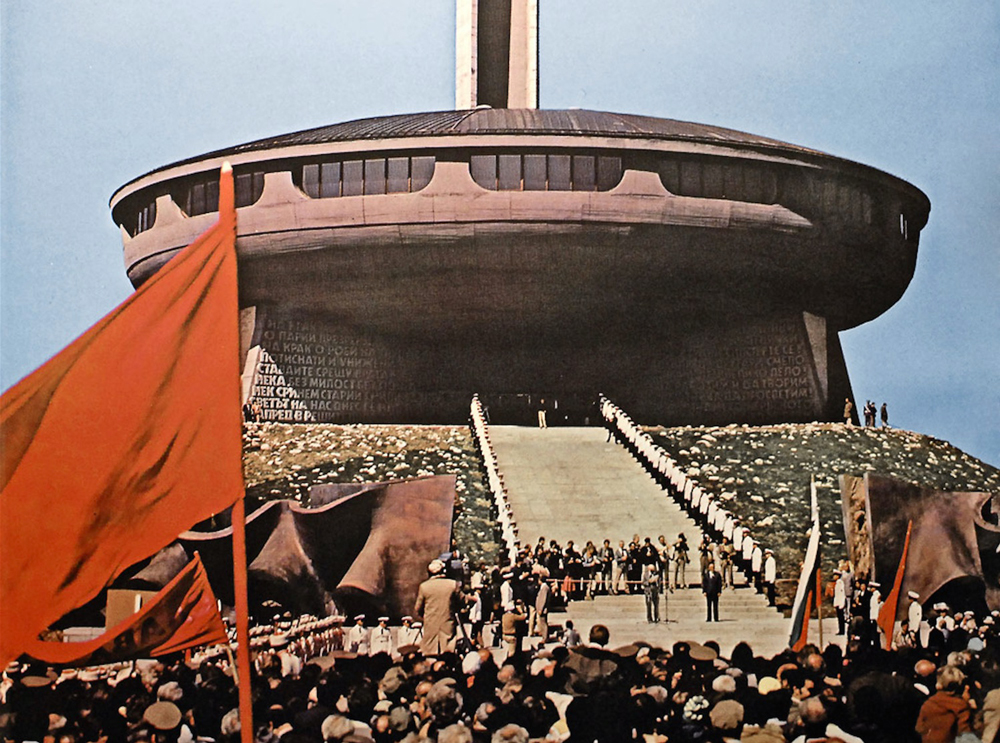
Opening Ceremony Buzludzha Memorial House photographer unknown
Darmon’s book Chernobyl: A Stalkers’ Guide is available from Greyscape now
The monument’s location ensured it could not have been more visible. Completed in 1981, it consisted of a Brutalist saucer-shaped body containing a Ceremonial Hall measuring 60 metres across; lined in marble and decorated with colourful, intricate mosaics. An adjacent tower, 70 metres tall, was emblazoned with 12-metre red stars that could be illuminated at night. Its construction brought together teams of the finest artists and sculptors then living in Bulgaria – in total, more than 6,000 people worked on the seven-year project. It was architect Georgi Stoilov’s idea to raise money for the monument not from government coffers, but rather, in the form of voluntary (but encouraged) donations from the citizens of Bulgaria.
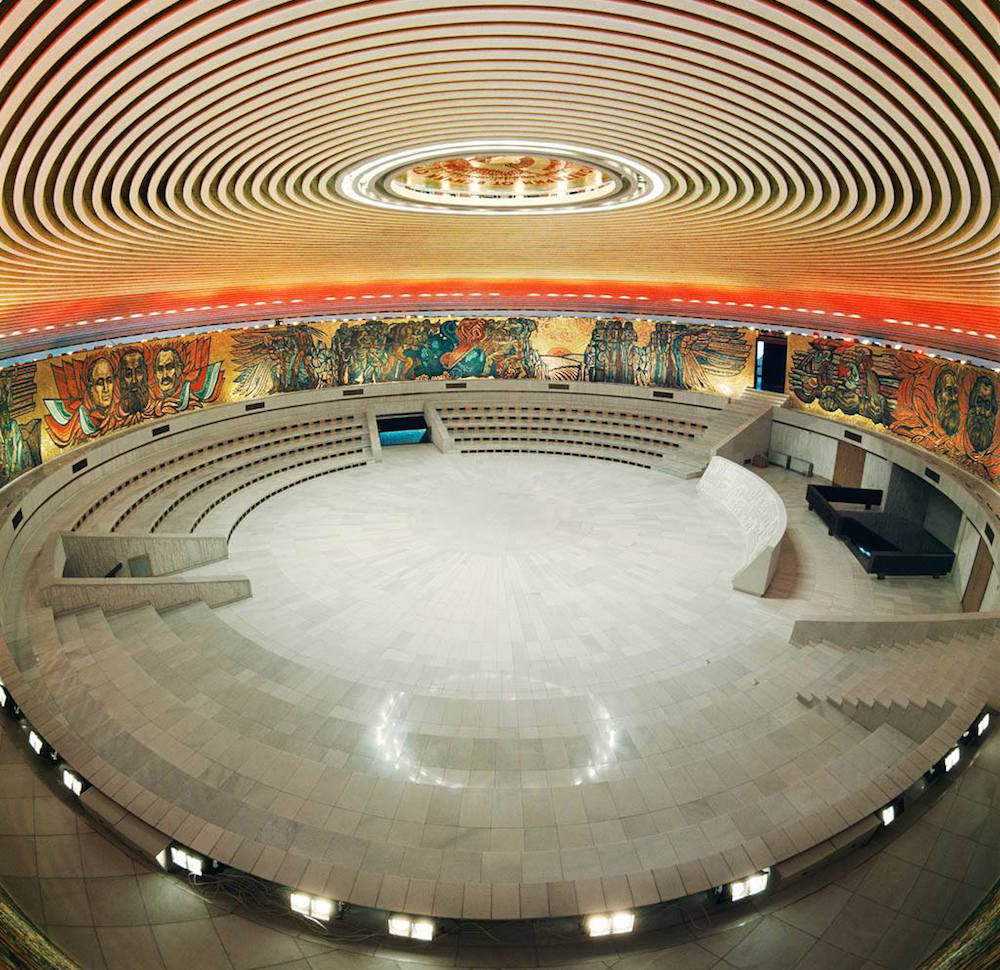
Interior 1981: Image Bedros Azinyan
“The monument was both ideologically and financially free from the government,” Stoilov said in a 2015 interview. “It truly was an intergalactic monument of the people”.
The project cost the equivalent of roughly $35 million in today’s currency, approximately equal to a donation of $3.50 from each citizen. In its heyday, Buzludzha symbolised what the Bulgarian people were capable of – creatively, collectively – when working together under the flag of Marxism-Leninism.
Buzludzha was abandoned after the collapse of the regime that built it, and for 30 years has been left to the mercy of the elements. As a symbol, it has lost none of its potency, but the idea that it stood for – that it literally screams from the mountaintop – has itself since fallen out of favour. As a result, this monument, the most elaborate piece of art Bulgaria ever produced, has now become an extraordinarily problematic object.
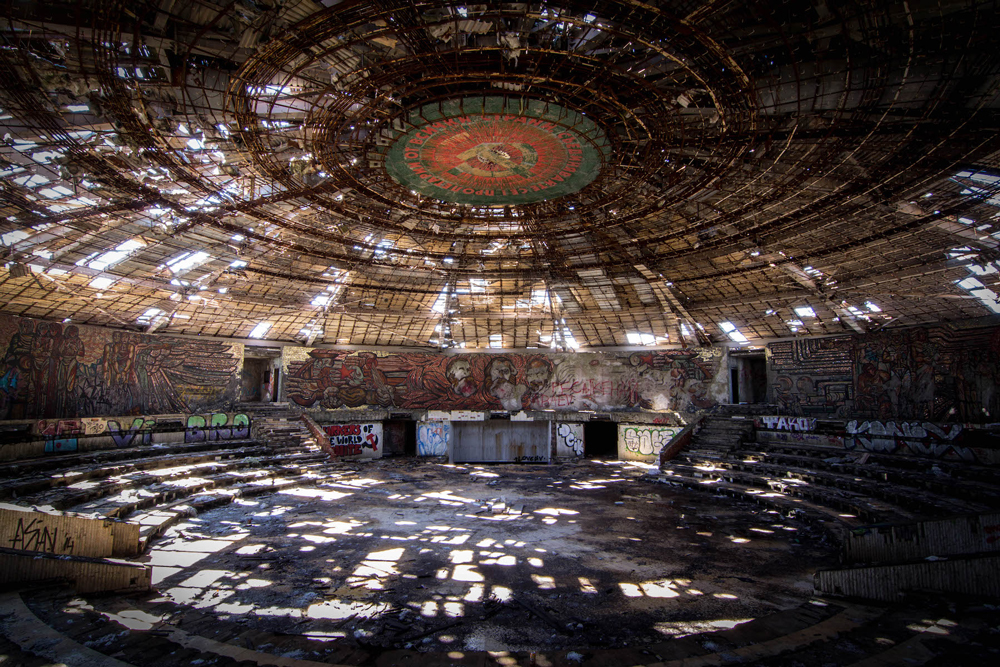
Around the world meanwhile, other countries are now reckoning with their own problematic monuments. On 7 June 2020, activists at the Black Lives Matter protest in Bristol, UK, pulled down a statue of the 17th-century slave trader Edward Colston. In Oxford, protestors demanded the removal of a statue of Cecil Rhodes, a 19th-century imperialist also linked to the slave trade. On 9 June in the United States – where Confederate monuments have long been a point of social contention – protesters in St. Louis removed a statue of Christopher Columbus. The government of Belgium that same day took down a statue of King Leopold II (a man believed responsible for 10–15 million deaths in the Congo); whereas in Paris, President Macron issued a statement saying that France would not remove any of its own monuments.
“I will be very clear tonight, compatriots,” he said: “the Republic won’t erase any name from its history.”
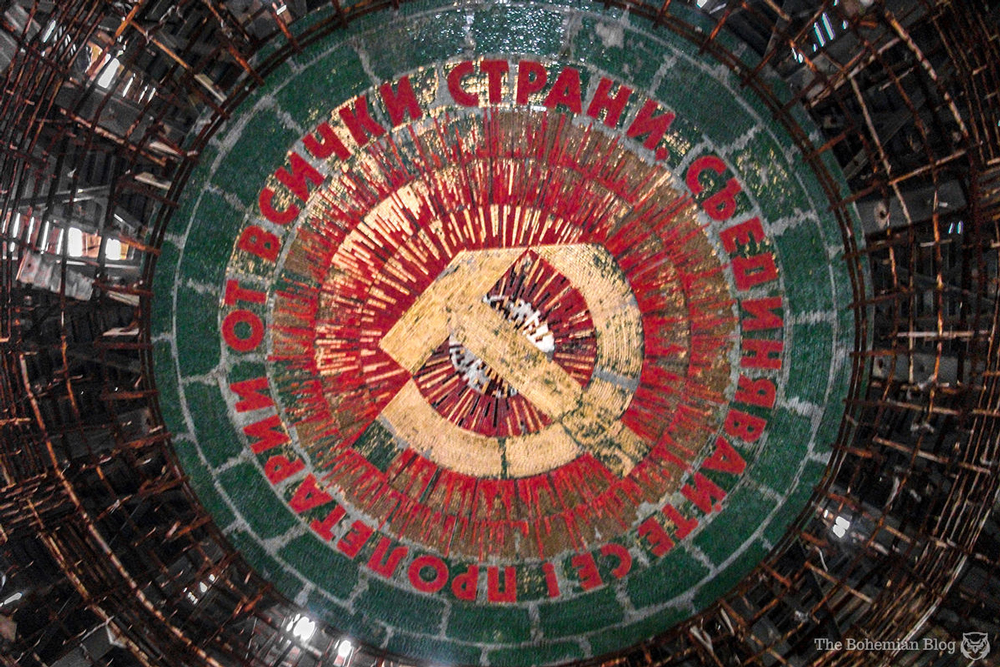
America and the former colonial powers of Europe still have work to do reckoning with their histories – and re-evaluating their cultural legacies through a democratic, contemporary lens. In some ways, it could be said that Bulgaria’s situation is simpler. The former communist government has already been retroactively declared an ‘illegal regime’ by the current, democratic government. In 2016, Bulgaria followed other post-communist countries of Eastern Europe in passing a ‘de-communisation’ law, which effectively made it illegal to create or display communist symbols. If Buzludzha Peak had been decorated with just a life-size statue of Lenin on a plinth, for example, it would already be gone by now. But even some of Bulgaria’s staunchest anti-communists agree that the cost – in heritage terms – of bulldozing the Buzludzha Memorial House would be astronomical.
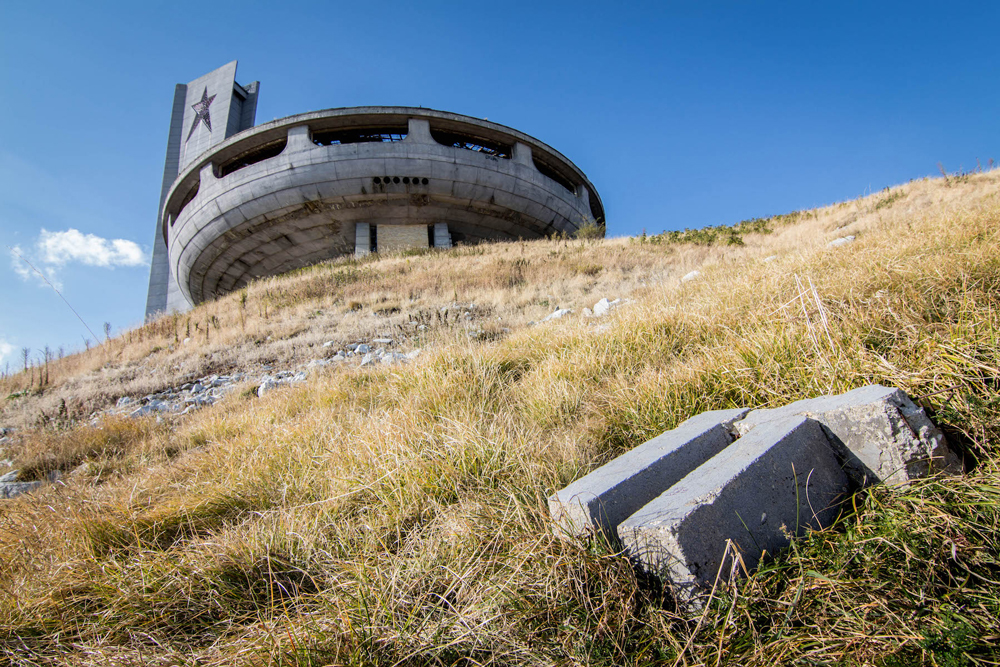
The impact on Bulgaria’s tourist economy would also be significant. Though neither recognised nor promoted as a tourism destination, the Buzludzha Memorial House nevertheless draws an impressive stream of visitors.
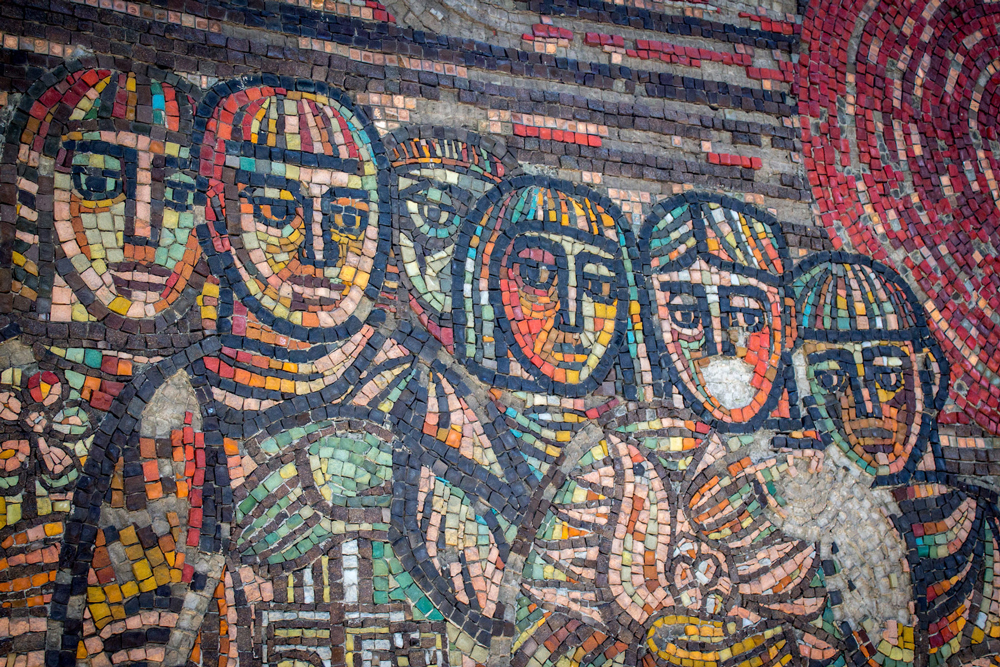
Cobalt Glass Mosaics
When the government sealed the monument shut in 2017, they posted round-the-clock security details to keep out trespassers. Anecdotally, those police guards report seeing typical numbers of around a hundred visitors a day, half of them foreigners, and as many as four hundred per day on a summer weekend. In 2018 a research project surveyed more than three hundred non-Bulgarians who had visited Buzludzha – 41% of whom reported that visiting Buzludzha was either their main or only reason for being in Bulgaria. Using the data available it was possible to make an informed estimate that the Buzludzha Memorial House already brings in approximately half a million euros of tourism revenue for Bulgaria each year.
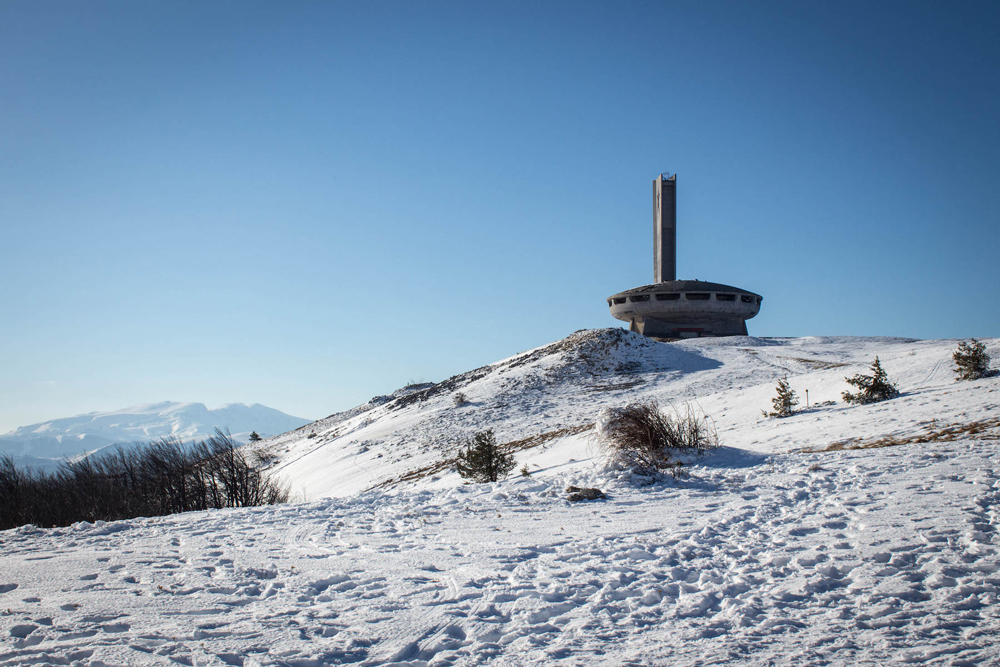
Buzludzha has since been awarded a funding grant, intended to cover the cost of creating a conservation and management plan. But while early site surveys show the building to be in surprisingly good structural condition, the most difficult part of any conservation project will involve settling on a model that will attract support from a wide enough section of the Bulgarian people themselves.
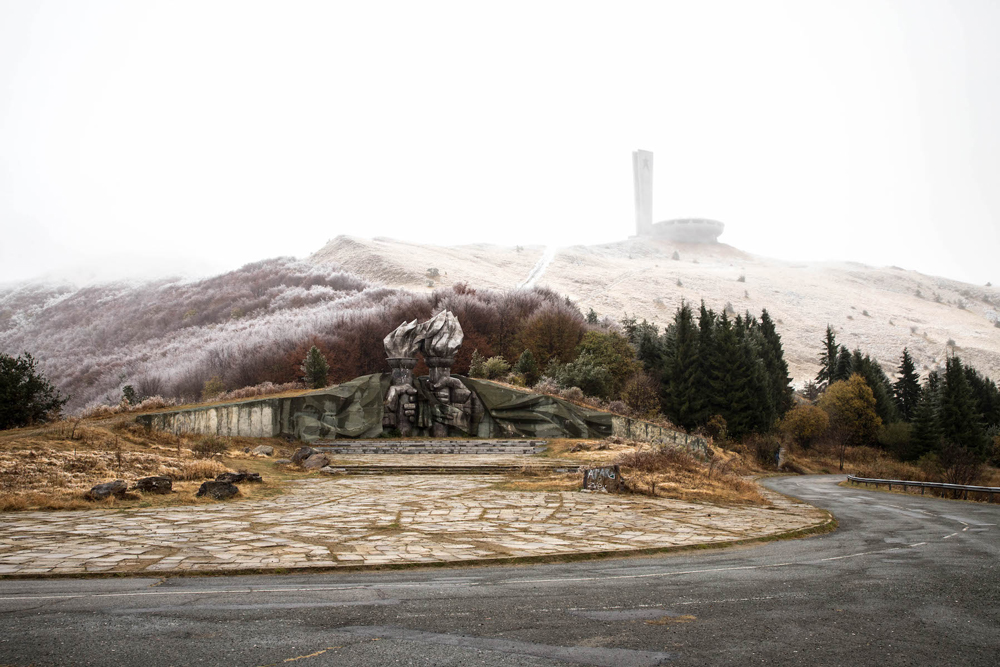
Bulgaria is the poorest country in the EU, and in 2018 it was reported that one in every five Bulgarians lives below the poverty line. Given that many associate their country’s contemporary misfortunes with the legacy of the former communist regime, simply restoring Buzludzha’s mosaics to their original condition – its stars, hammers and sickles, its lovingly detailed portraits of Lenin and Marx – would be far too simple and insensitive an approach, in light of the current climate.
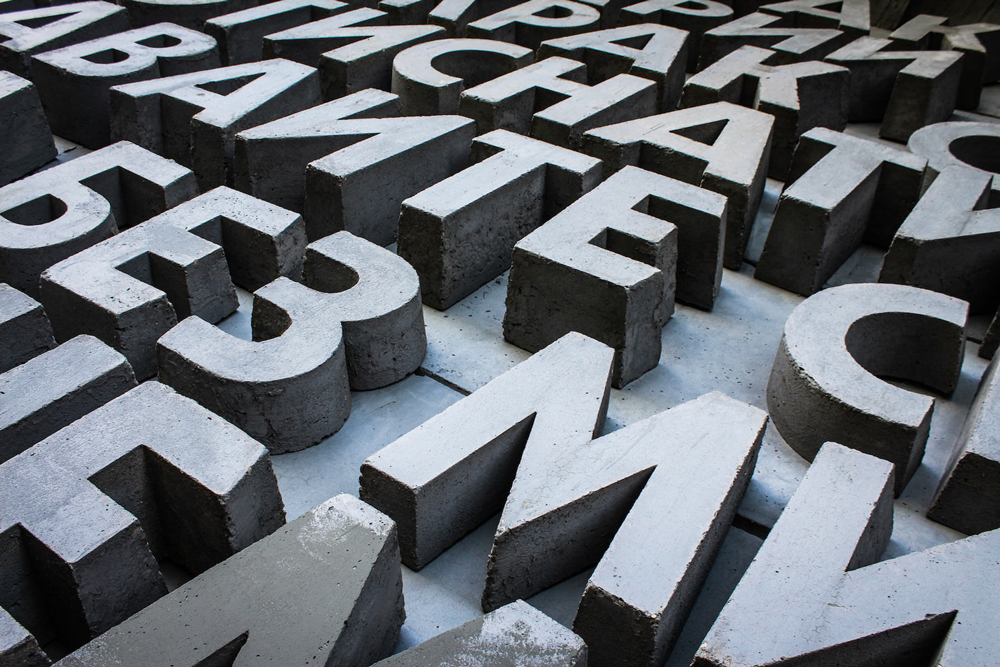
Concrete Cyrillic Lettering
The monument has festered in this socio-political limbo for three decades, its roof open to the rain and snow, so that its extraordinary mosaics are now sheering away from the walls one clump of coloured stones at a time. But perhaps Buzludzha might yet be able to find a place in contemporary Bulgaria.
‘If it could be conserved in a manner that addresses the criticism against its creators, and the hardships endured by its inheritors; Buzludzha might serve the Bulgarian people yet in the form of a ‘counter-monument.’
Particularly in the last decade, the idea of the counter-monument has emerged as a solution to dealing with sites of fraught heritage; a memorial process that often focuses on giving history multiple voices, besides just one singular conqueror’s narrative. Times change, attitudes change with them, and as modern societies increasingly work on critically evaluating their heritage, it has been shown that monuments too are able to be adapted to offer a more nuanced approach to their subject matter.
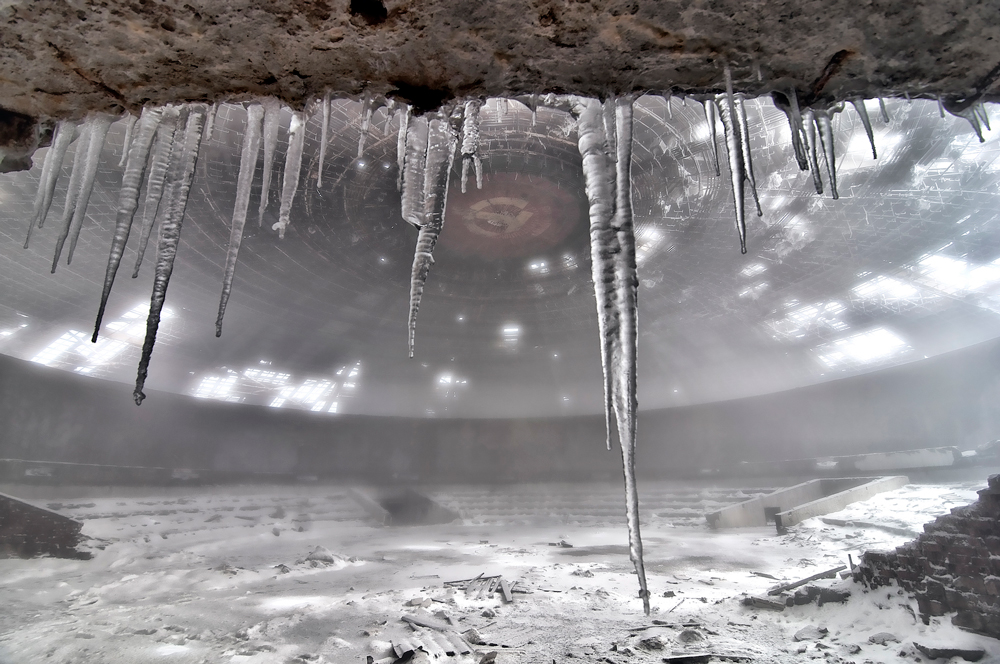
Image Nicola Miller
Tearing a monument down is not the only way to disrupt its political message. For example in Ontario, Canada, a monument to the 17th-century European explorer Samuel de Champlain was taken down for maintenance in 2017, and following widespread public critique of the monument’s representations of Indigenous people, it was agreed that the monument would only be reinstated with the addition of new contextual elements better illustrating the explorer’s complicated relationship with Canada’s First Nations.
In Bolzano, Italy, a bas-relief featuring Mussolini on horseback has since been ‘countered’ with the addition of an LED projection that covers its fascist slogan with a quote from Hannah Arendt: “Nobody has the right to obey.”
The Buzludzha Memorial House in Bulgaria might similarly benefit from a conservation scheme that superimposes contemporary critique over its historic communist propaganda.
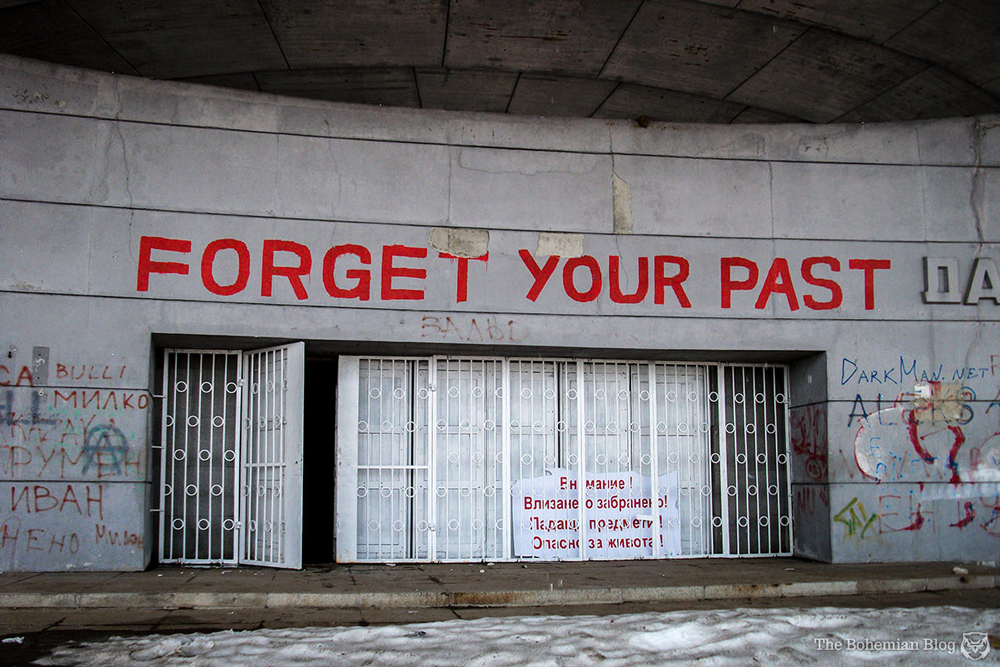
Entrance to Buzludzha Memorial House
Rafal Czarnowski and Todor Rusanov were computing students at Edinburgh Napier University when they began work on their Buzludzha VR project in 2015. It has since developed into a fully immersive virtual reconstruction of the building, which released on Steam in November 2019. Significantly, the end result features no trace of political symbolism. Where the real-life Ceremonial Hall was decorated in ideological mosaic art, this virtual rendition features glossy landscapes of famous Bulgarian attractions, straight out of a travel brochure. “I think we are seeing it more as a potential future,” Rafal said in 2018. “How [Buzludzha] could be restored and brought back to life for a different kind of purpose… as a space for events, for a concert hall for example…
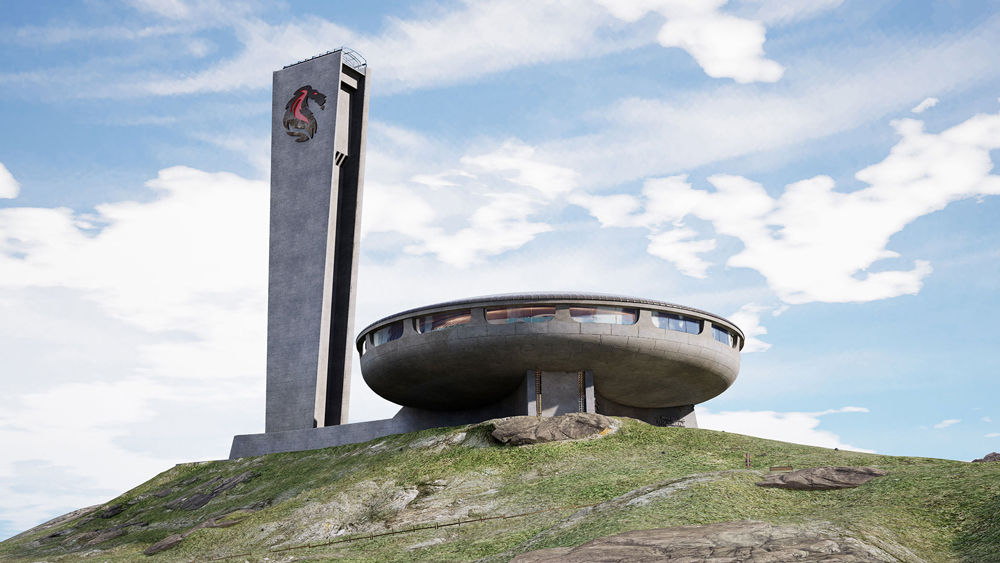
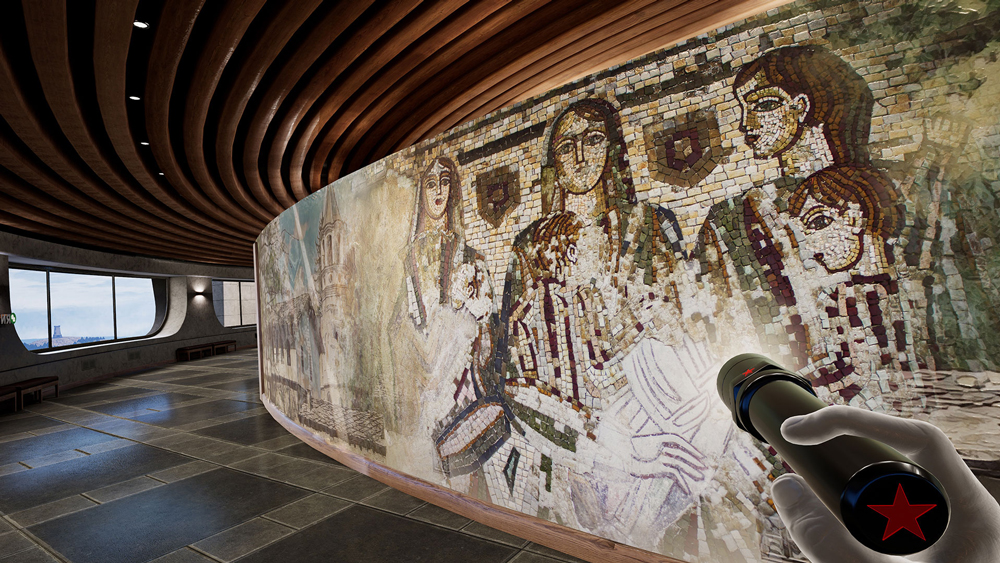
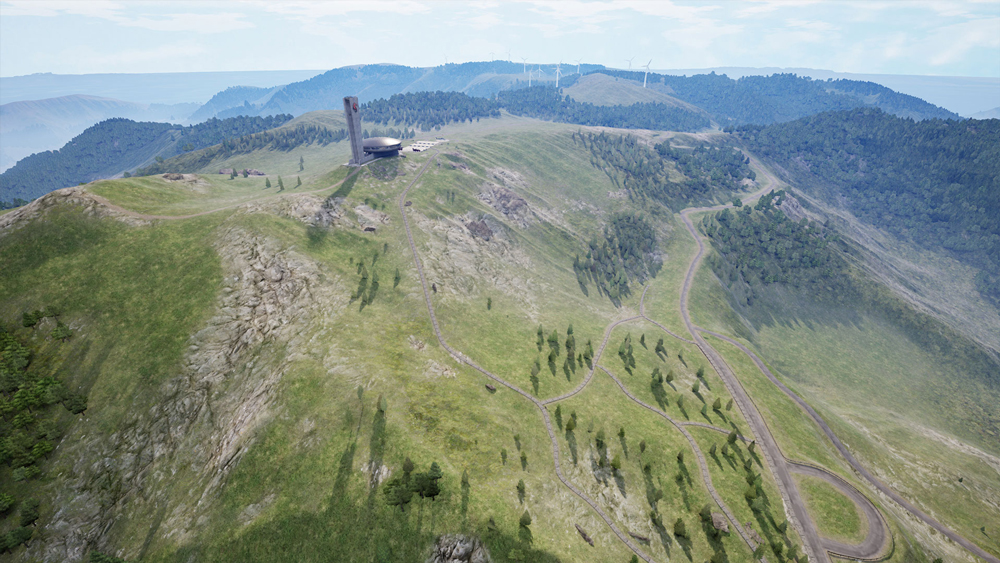
Three Buzludzha Virtual Reality Project images by Rafal Czarnowski and Todor Ruzanov
“Building on top of history but not forgetting it.”
The virtual model is built upon extensive measurements that Todor and Rafal made on-site, at the Buzludzha Memorial House. They even showed their work to the monument’s architect, Georgi Stoilov, who expressed great admiration for the accuracy of their representation. Initially, Rafal tells me, Stoilov thought he was looking at video footage of the monument, not a digital model, and so the architect was more than a little surprised to see the monument had seemingly been restored without his knowledge. Crucially though, while the Buzludzha VR project reimagines Stoilov’s monument as a public building wiped of any political symbolism, this virtual environment nevertheless still invites users to peel back the layers of history at Buzludzha Peak – by making the original artwork visible as hidden details that can be revealed through user interaction.
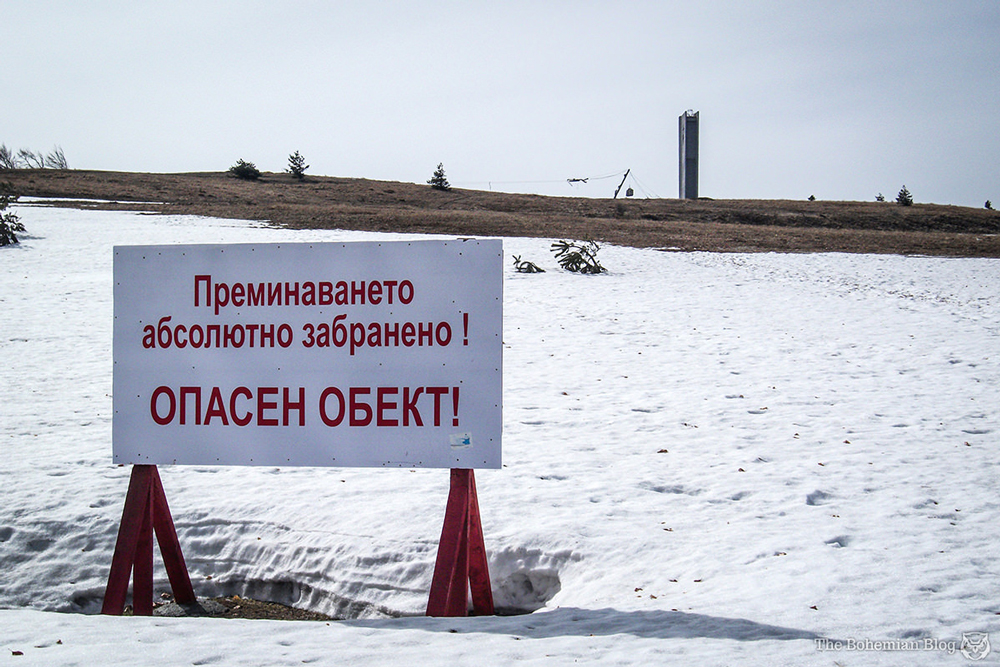
Off Limits
‘a country still reeling from the aftereffects of communism’
Perhaps the real-life Buzludzha Memorial House, if preserved, might take a similar approach to handling its difficult heritage. Rather than painstakingly restoring a mosaic of communist leaders, for instance, in a country still reeling from the aftereffects of communism, the building could instead be frozen in its current, semi-ruined state – but provide visitors with augmented reality headsets that allow them to inhabit a virtual reconstruction of the memorial house in its heyday. Tourists would hop from 2020 to 1981 at the flick of a switch. Such a solution would offer a rare glimpse into history, recreating the monument’s original design at a fraction of the cost of a full restoration. But it would also make a feature of the building’s subsequent ruin, now a matter of historical fact, and a significant draw for many contemporary visitors – who report “beautiful decay” as one of the monument’s most attractive qualities.
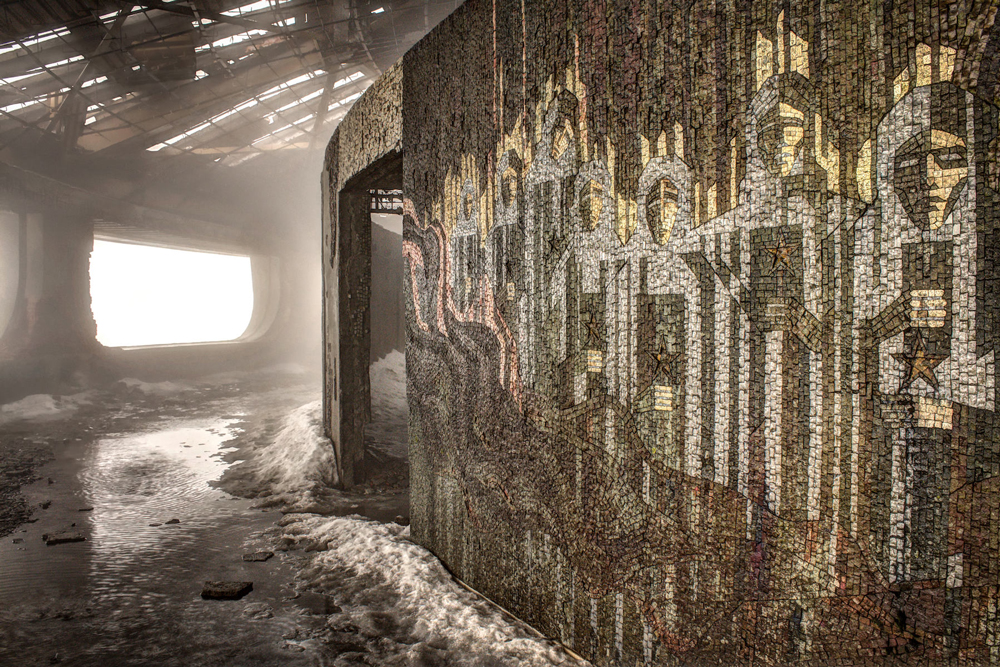
As a venue, Buzludzha has great potential. Not only for concerts and exhibitions but moreover as an interactive historical experience making use of new technologies. Digital models and light projections could present counter messages and alternative perspectives over the rhetoric of the former regime. The Buzludzha experience could educate visitors, showing not just the dream that communism advertised, but also exploring the lived experience of communism as Bulgarian people remember it. It could offer Bulgaria a valuable new channel for political discussion, critique, and perhaps even reconciliation.
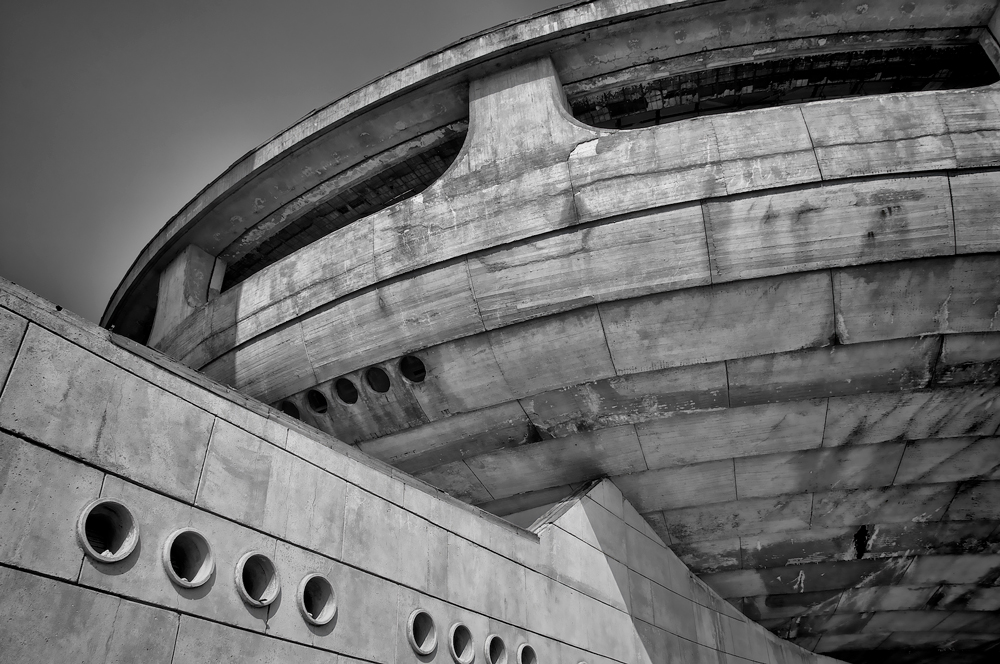
Image Nicola Miller
The other benefit of such a solution is that it would be largely superficial and non-intrusive – and so, not permanent. This means that some future day, if and when Bulgaria reaches the point that the subject of communism is no longer taboo (and should the nation so desire it), a detailed digital model might also form the basis of a blueprint for a faithful reconstruction of Stoilov’s 1981 memorial design… but first, this country needs a little more time to heal.
More about Darmon
Darmon designs and leads tours to communist-era architectural heritage sites in seven countries and one post-Soviet frozen conflict zone. After making roughly twenty trips into the Exclusion Zone in Ukraine, his debut book – Chernobyl: A Stalkers’ Guide paints an intimate portrait of the Chernobyl region and its inhabitants, three decades on from the disaster.
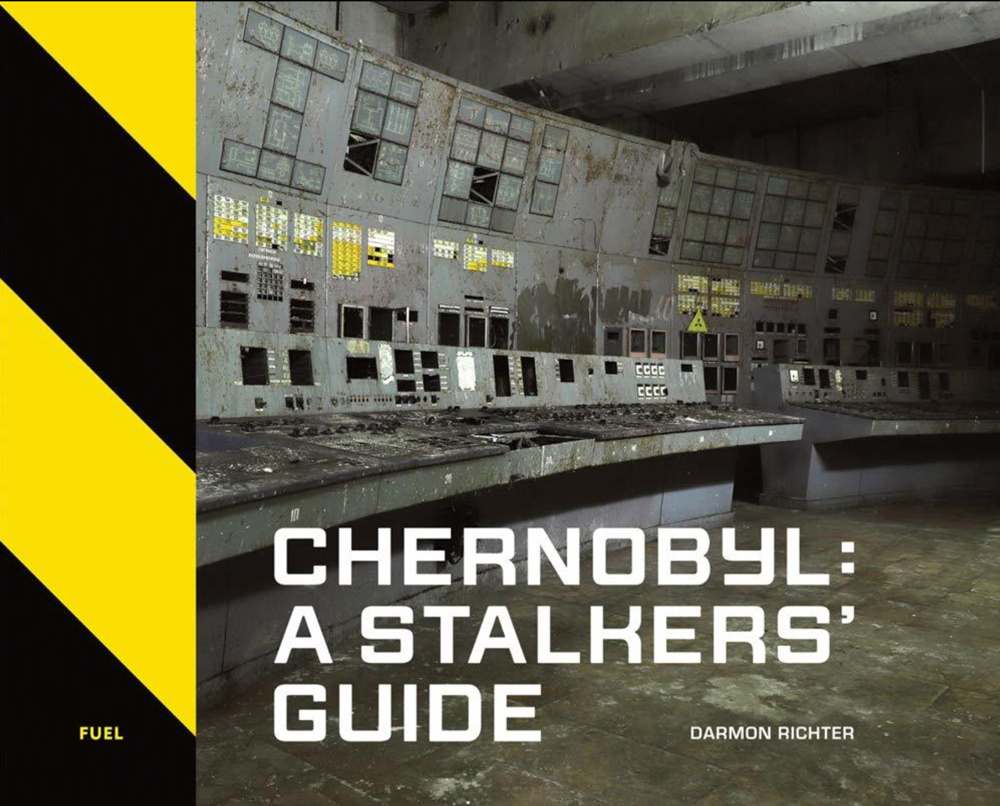
Darmon’s Insider Guide
Must see in Bulgaria
Aside from Buzludzha? Go to the Monument to the Founders of the Bulgarian State, at Shumen. It’s another huge memorial complex, built in the same year. Again featuring dramatic sheer concrete forms contrasted with intricate, colourful mosaics. The place is extraordinary in itself, almost like a Brutalist cathedral turned inside-out on a hilltop. What’s really fascinating though, is that despite its similarities to Buzludzha, the monument at Shumen celebrates ancient national heroes, rather than socialist philosophy… and as a result, it is still very much loved and cared for today. The Shumen monument – with its entry fees, gift shop and café – is an illustration of what the Buzludzha Memorial House might be like now if it weren’t saddled with such problematic associations.
The dish we all need to try
Yaitsa po Panagyurski – which means Panagyurski eggs. This dish originates in the town of Panagyurishte, a little way south of the Balkan range that crosses central Bulgaria. It consists of poached eggs served on a bed of yoghurt, garlic and white cheese, sprinkled with paprika. Best enjoyed with a hot flatbread on the side for dipping. It’s fun, light, and absolutely delicious.
Local drink
What do you carry in your camera bag?
Website: darmonrichter.com
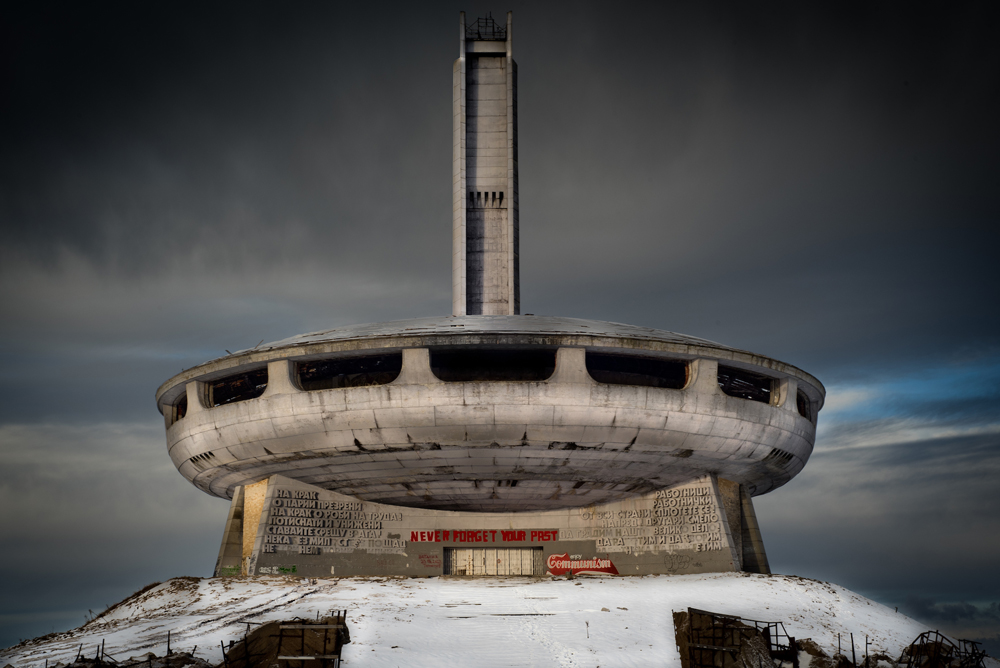
Image Nicola Miller




